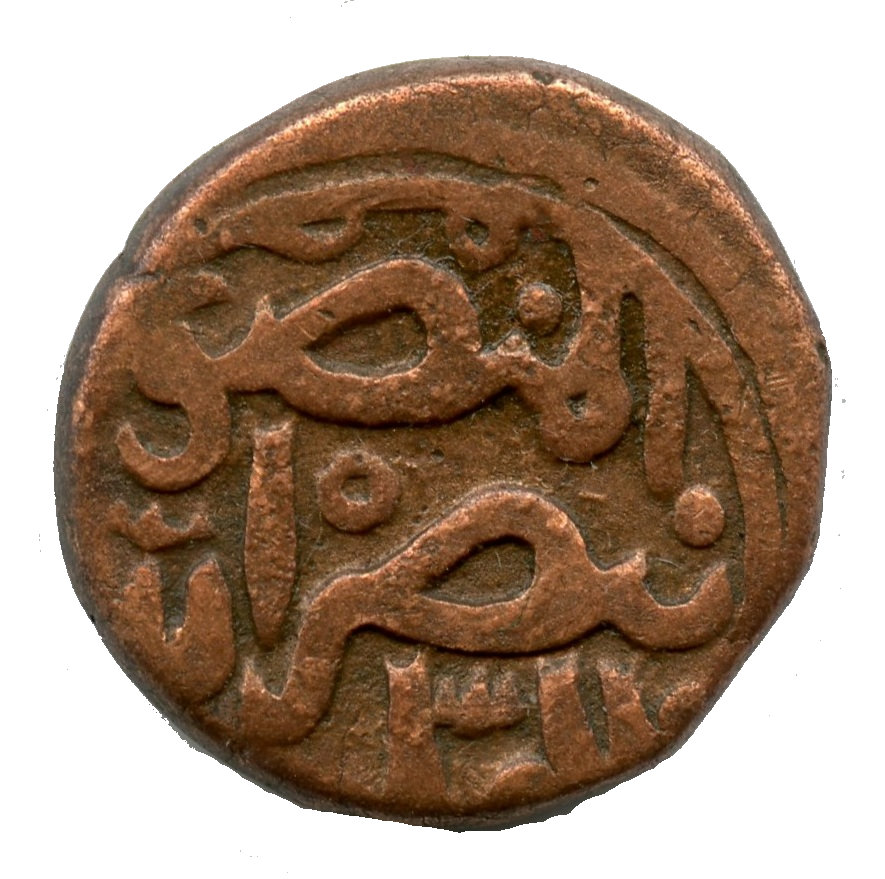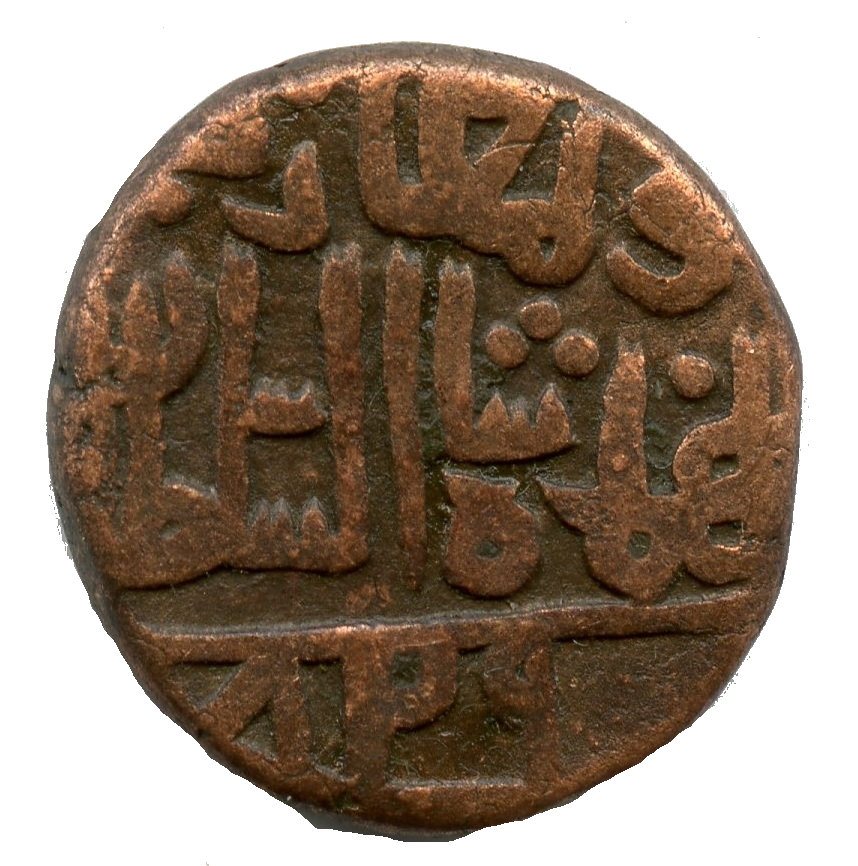Bahmani, Sultanate of ½ Gani - Shah Ahmad I
Introduction
The ½ Gani coin, issued during the reign of Shah Ahmad I in the Bahmani Sultanate, holds a significant place in numismatic history. This copper coinage not only served as a medium of exchange but also reflected the artistic and cultural influences of the era.
Historical Background
The Bahmani Sultanate, known for its rich numismatic tradition, ruled over parts of present-day India from 1347 to 1538. Shah Ahmad I ascended the throne in 1422 and reigned until 1435, a period marked by various political and cultural developments. The issuance of the ½ Gani coin was a part of the Sultanate's efforts to standardize its coinage system.
Coin Images
 Obverse
Obverse
 Reverse
Reverse
Design Features
The obverse of the coin showcases the inscription "Bahmanis Sultanate 1347-1538" along with the name "Shah Ahmad I 1422-1435," highlighting the Sultan's authority and the coin's period of circulation. The reverse side may feature intricate geometric patterns or symbols representing the Sultanate's cultural heritage.
Technical Specifications
This ½ Gani coin is composed of copper, weighing approximately 5.00 grams with a diameter of 16.50mm. The coin's size and weight were standardized to ensure uniformity and facilitate trade within the Sultanate's territories.
Collectible Value
As a coin from the Bahmani Sultanate, the ½ Gani holds both historical and collecting significance. Its association with Shah Ahmad I adds to its rarity and appeal among numismatists. While specific market values may vary based on factors like condition and demand, possessing such a coin offers a tangible link to a bygone era.
Conclusion
In conclusion, the ½ Gani coin of the Bahmani Sultanate, featuring Shah Ahmad I, stands as a testament to the region's numismatic heritage. Its design, historical context, and technical specifications make it a prized addition to any coin collection, appealing to both enthusiasts and historians. By exploring the intricate details and historical significance of the ½ Gani coin, collectors and enthusiasts can appreciate the artistry and cultural depth encapsulated in this copper denomination from the Bahmani Sultanate.

